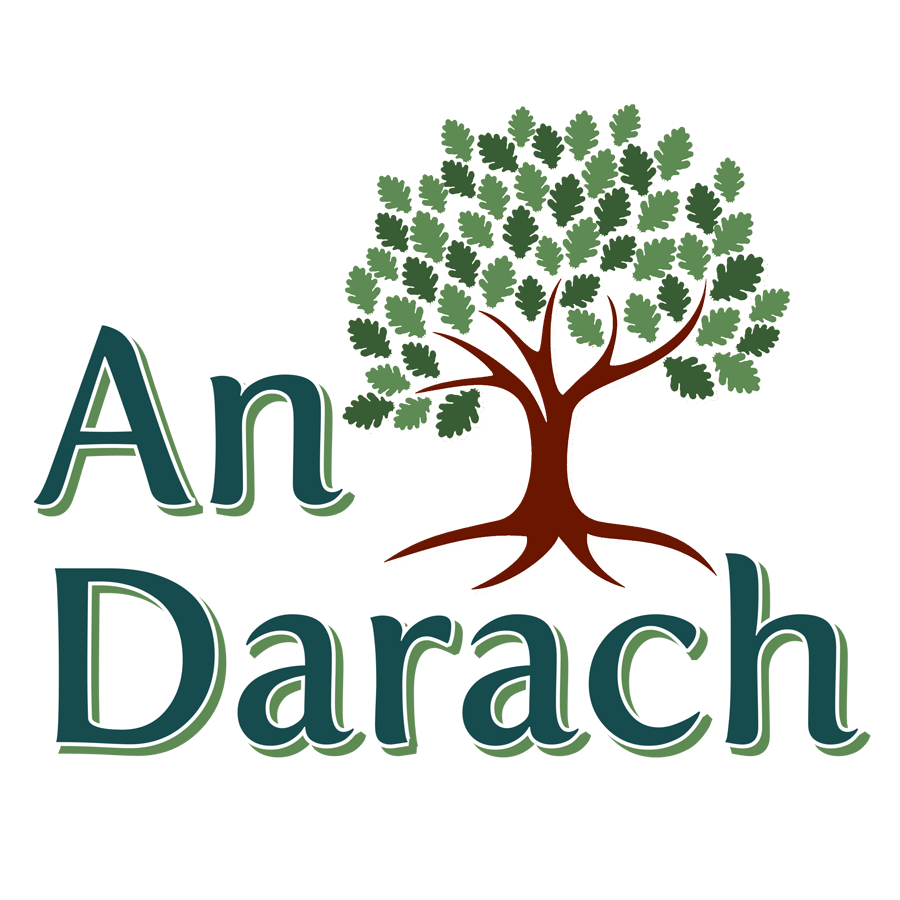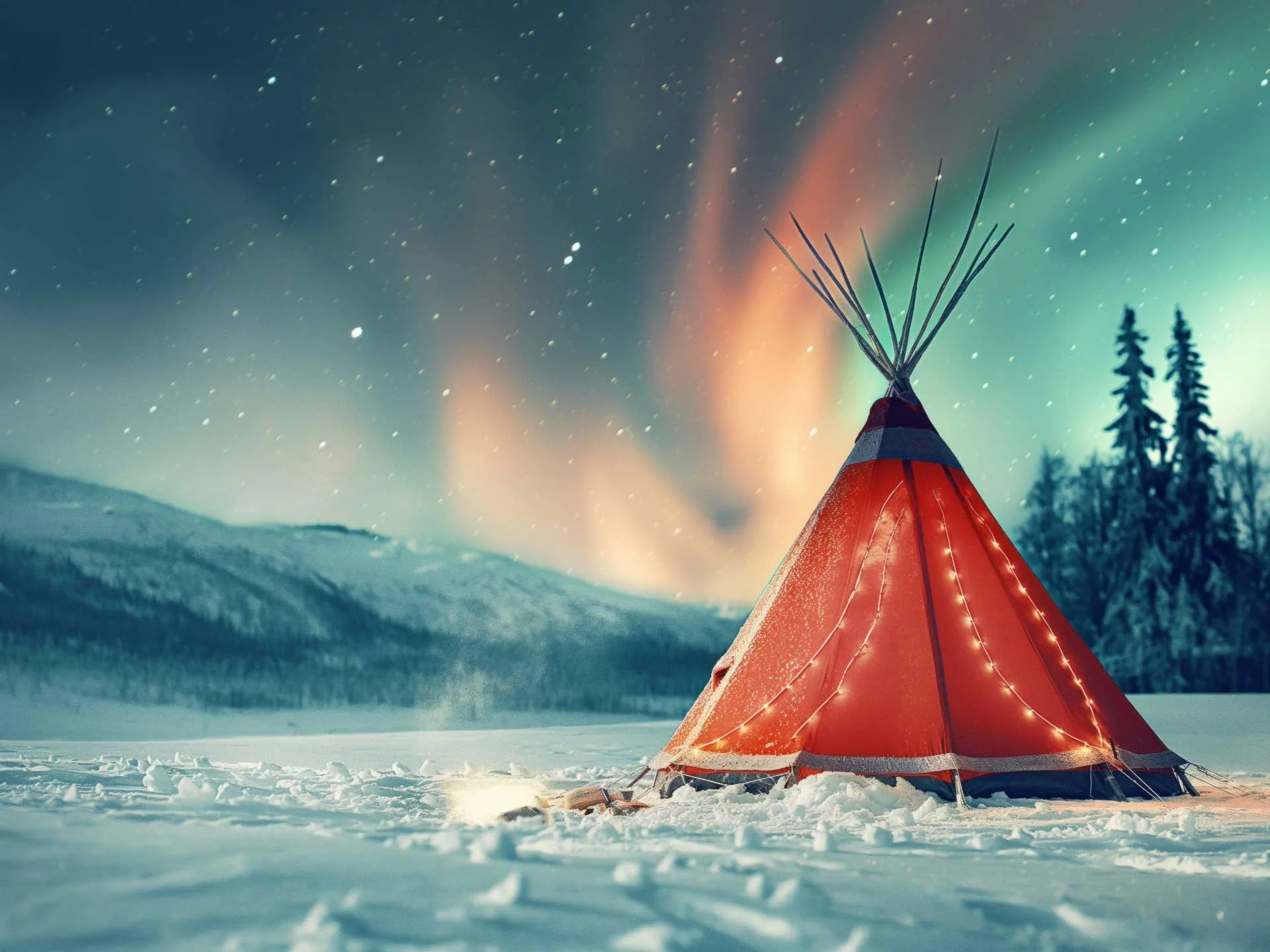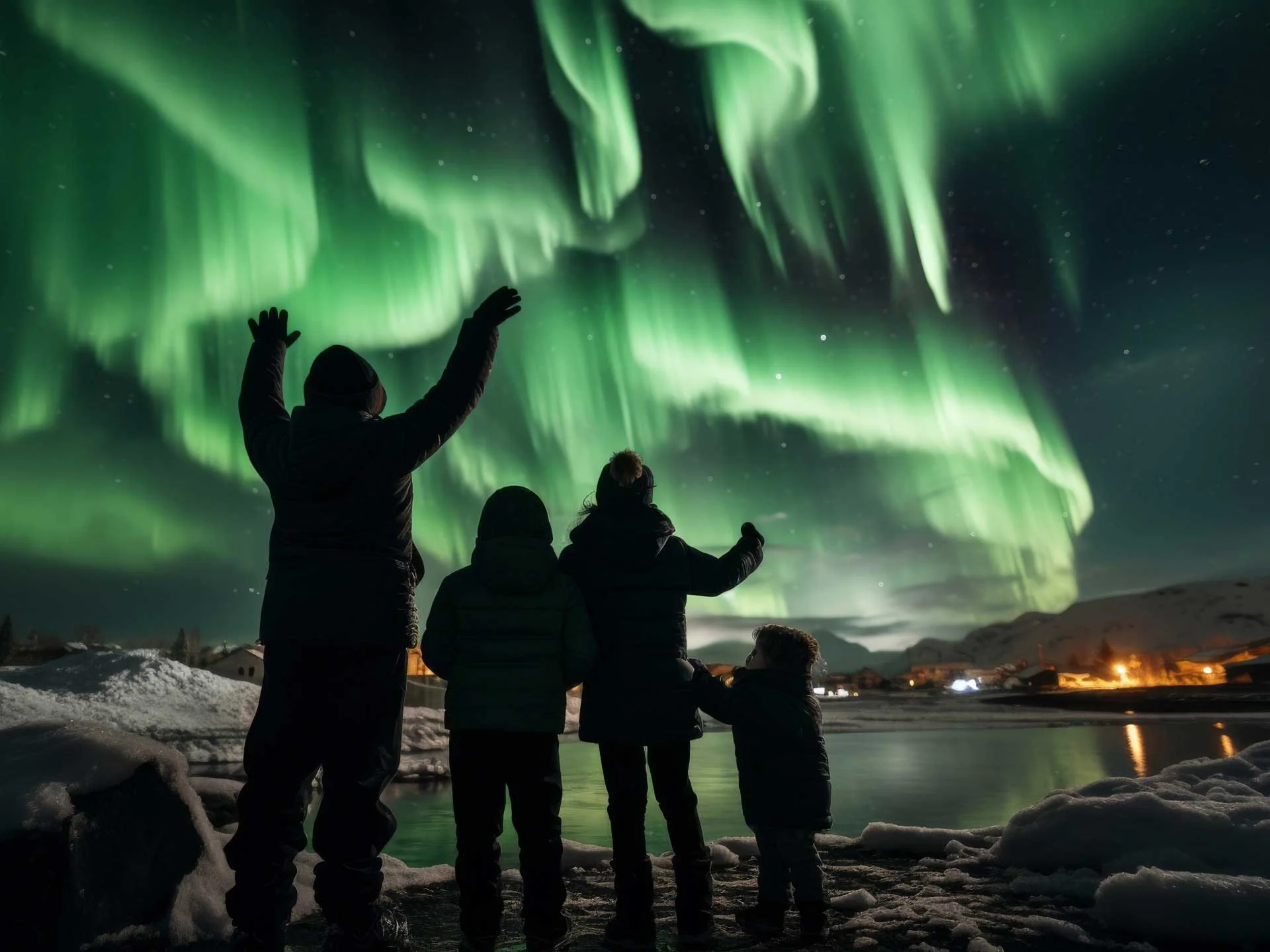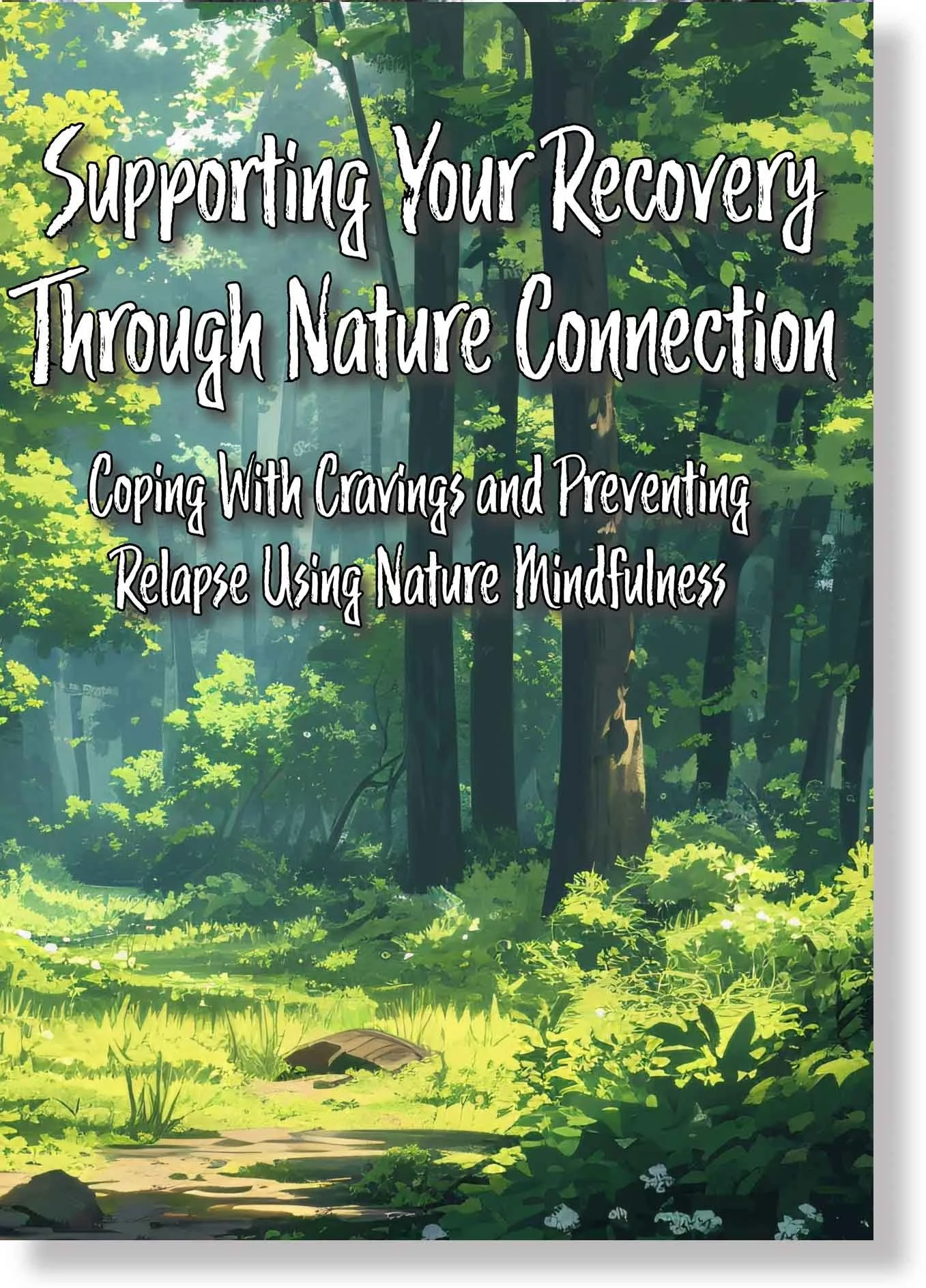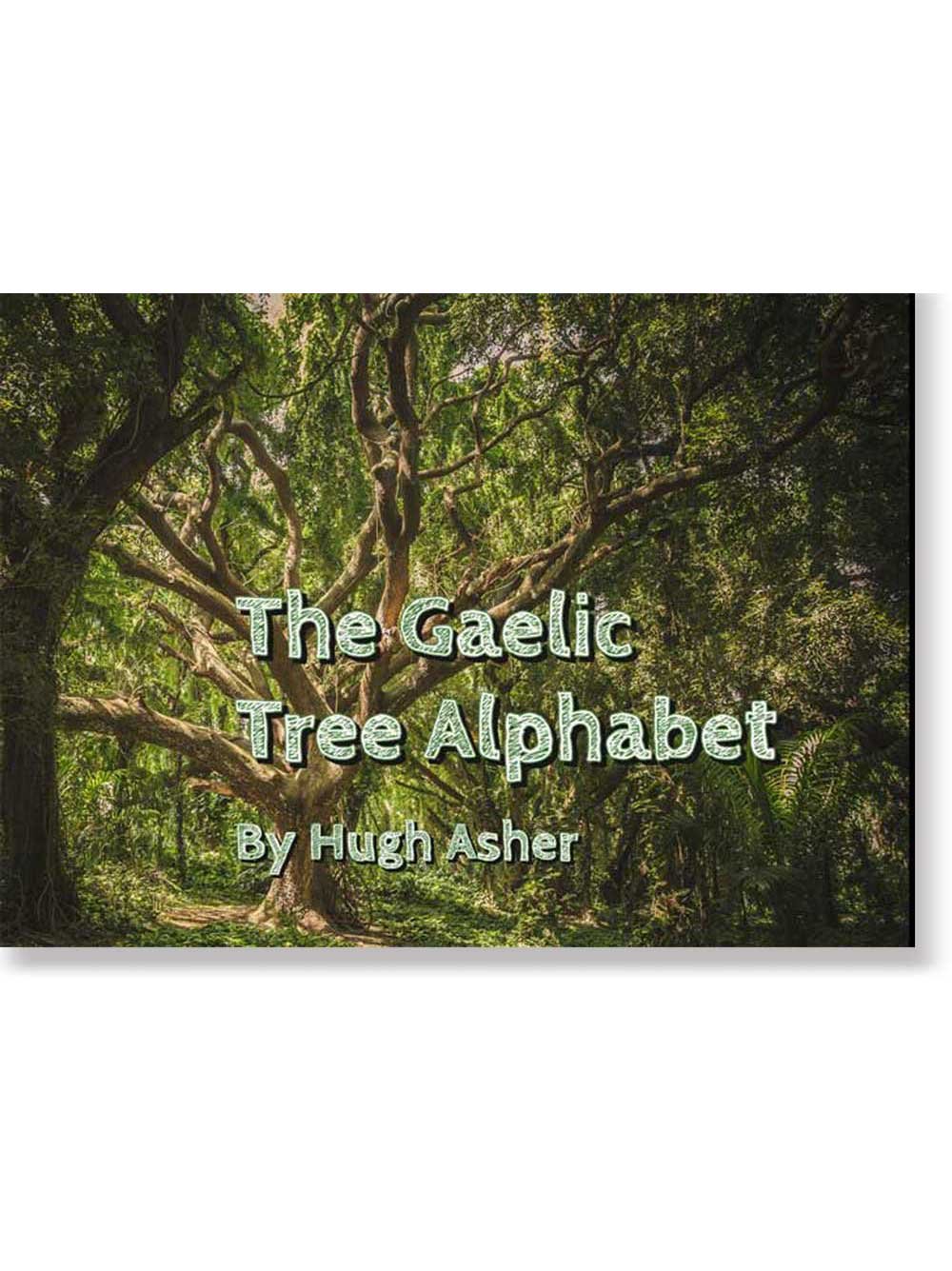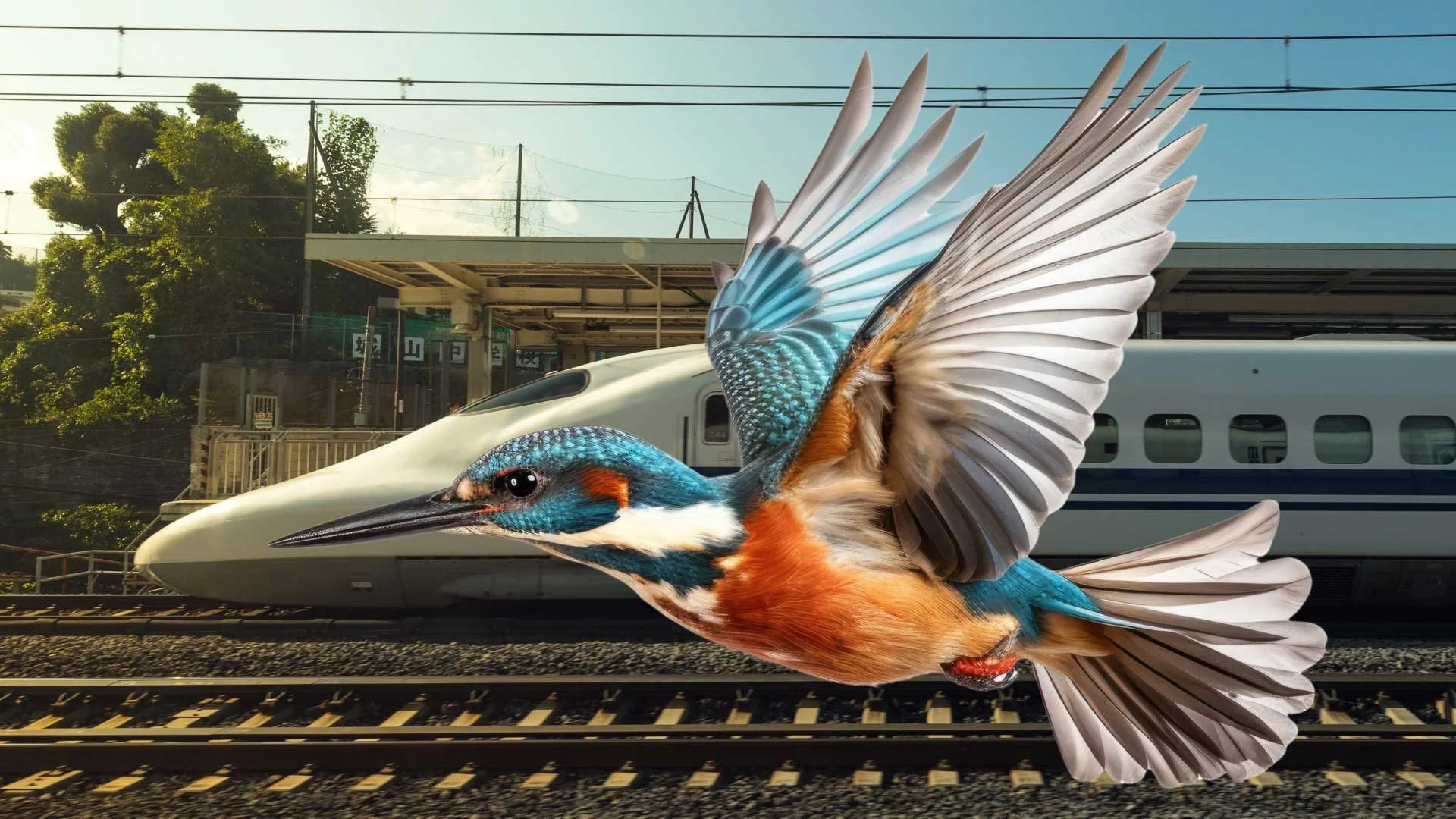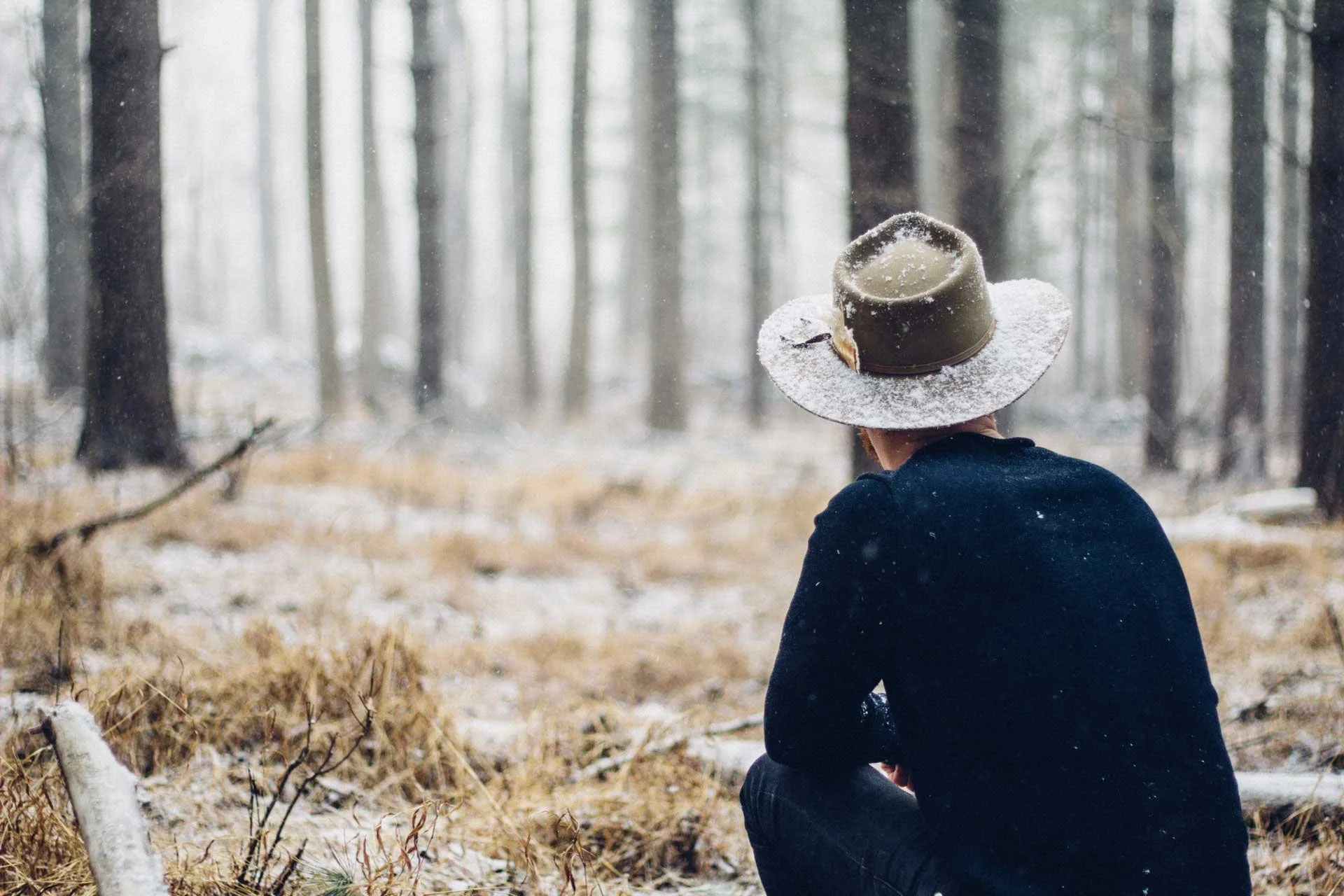The Ethereal Dance: Exploring Spiritual Beliefs and the Northern Lights
18th May 2024
Last weekend saw one of the best displays of the Aurora Borealis or ‘Northern Lights’ seen globally in over 20 years as the last time that such an extreme geomagnetic storm hit the Earth was in 2003. The Aurora is strongest near the poles, with those occurring at the North Pole being called the Aurora Borealis and those at the South Pole being referred to as the Aurora Australis or ‘Southern Lights’.
The History of the Northern Lights
The Aurora Borealis was first named by the 17th Century astronomer Galileo Galilei after Aurora, the Roman goddess of dawn, and Boreas, the Greek name for the north wind. Galileo thought that the aurora was caused by sunlight being reflected by the atmosphere. In 1790 Henry Cavendish recorded the first observation to be considered ‘scientific’ when he used triangulation to calculate that the Aurora occurred about 60 miles (90 km) above the Earth’s surface. British astronomer Richard Carrington was the first to link the cause of the Aurora with the activity of the Sun (other than emitting light) and Norwegian scientist Kristian Birkeland provided an accurate explanation of the process in the early 1900s.
What actually causes the Northern Lights?
We now know that the Aurora effect is caused by the ‘Solar Wind’, a continual stream of protons and electrons from the sun's outermost atmosphere called the corona. When the Sun emits a really large number of these charged particles in what is referred to as a ‘coronal mass ejection’ it increases the intensity of the aurora. These charged particles (ions) are drawn into the Earth’s magnetic field, particularly at the North and South magnetic poles, and down into the Earth’supper atmosphere (ionosphere). When these charged particles hit the atmosphere they create energy and react with the oxygen and nitrogen there, and some of the energy created is given off as light - the oxygen atoms glow green, and the nitrogen atoms glow, purple, pink and blue.
However, prior to this, different cultures have worshipped them, feared them, thought them lucky and thought them unlucky for thousands of years, and in this way they have been closely linked to religion and spirituality.
The Spiritual Significance of the Northern Lights to Different Indigenous Cultures
For indigenous cultures across the northern hemisphere, these celestial phenomena are not merely breathtaking displays of light but hold profound spiritual significance deeply intertwined with their cosmologies, mythologies, and cultural practices.
The Inuit
In Inuit mythology, the northern lights are often seen as the spirits of ancestors dancing in the sky. They believe that the spirits of the dead play a role in the phenomenon, signalling messages from the afterlife. In some stories, the lights are spirits playing a game with a walrus skull. The Inuit also associate the lights with various natural phenomena, such as the sound of whistling, crackling, or snapping, which they interpret as messages or warnings from the spirits.
The Orcadians
The people of Orkney, an archipelago off the North-Eastern coast of Scotland, have their own folklore surrounding the Northern Lights. In Orcadian tradition, the lights are referred to as the "Mirrie Dancers”, meaning "merry dancers." Orcadians believe that the Aurora Borealis is a gathering of spirits, both benevolent and mischievous, who come out to celebrate and frolic in the night sky. According to legend, the lights are particularly active during times of great joy or upheaval in the human world, symbolising the presence of supernatural forces intervening in earthly affairs. These lights were believed to be particularly active around the time of Samhain (Halloween), a time when the veil between the worlds of the living and the dead is believed to be thin.
The Norse
In Norse mythology, the northern lights were associated with Bifröst, the burning rainbow bridge that connected Midgard (the mortal realm) with Asgard (the divine realm of the gods). They believed that the lights were reflections from the armour of the Valkyries as they escorted fallen warriors to Valhalla. Viking culture also revered the northern lights, viewing them as manifestations of Odin’s power and presence. Some Viking sagas mention the aurora as the armour and weapons of the Valkyries, the female warriors who escorted fallen warriors to Valhalla, the warrior's paradise in Norse mythology. The dancing lights were seen as a sign of favour from the gods, promising victory in battle or a bountiful harvest.
The Sámi
The indigenous Sámi people of northern Scandinavia and Russia have a deep spiritual connection to the Aurora Borealis. In Sámi mythology, the lights are known as “Guovssahasat”, meaning “the light that can be heard”. According to some Sámi beliefs, the Northern Lights are the souls of the departed, dancing across the sky to celebrate the end of Winter and the return of the Sun. To some Sámi though, the Northern Lights are not something to be admired and believe that the lights were a bad omen. Many Sámi though, view the lights as a source of guidance and protection, guiding travellers through the wilderness and safeguarding them from harm. They also believe that the colours of the lights reflect the moods of the spirits, with red auroras signifying anger and green auroras symbolising happiness and tranquillity. Sámi shamans, known as ‘noaidi’, traditionally performed rituals under the aurora to communicate with the spirit world and seek guidance for their communities. Believing that the lights had the power to heal and protect, and they often performed rituals to honour them, such as drumming, chanting, and making offerings to the spirits.
The Finnish
In Finnish folklore, the Northern Lights are called “Revontulet”, meaning ‘Fox Fires’. According to Finnish mythology, the lights are caused by a magical Firefox sweeping its tail across the snow, creating sparks that ignite the sky. The Finns believed that the Aurora Borealis is a symbol of good fortune and prosperity, bringing blessings to those who witness its shimmering beauty. The lights were seen as a symbol of good fortune and prosperity, and people would make wishes upon seeing them. They also see the lights as a reminder of the delicate balance between the natural world and the supernatural forces that govern it.
First Nation North Americans
Among the indigenous peoples of North America, including the Native Americans and First Nation Canadians, the Northern Lights hold diverse spiritual significance reflecting the cultural richness and geographical diversity of the continent. Different tribes have their own interpretations of the lights, but they are generally seen as powerful and mystical entities, capable of bringing messages from the spirit world or foretelling future events. Many tribes view the Aurora Borealis as a celestial dance performed by ancestral spirits, guiding the living through the cycles of life, death, and rebirth. Some believe that the lights are the souls of departed loved ones, communicating messages of love and guidance from the spirit world. Others see the Northern Lights as omens of impending change or danger, or interpreting their colours and movements as signs of changes in weather, harvests, or social dynamics within their communities. The lights are often seen as a reminder of the interconnectedness of all living things and the importance of respecting the natural world. The lights are also seen as a source of guidance and protection, particularly during times of hardship or uncertainty.
What is the spiritual significance of the Northern Lights for modern-day people?
Whilst the Northern Lights have captivated human imagination for centuries, modern interpretations vary across cultures and individuals, but here are some potential spiritual significances for modern-day people:
Connection with Nature
Many people view the Northern Lights as a profound connection with the natural world. For some, witnessing the aurora borealis is a profound experience, evoking feelings of awe, wonder, and connection to something greater than oneself, and reminding them of their place within the vastness of the universe.
Spiritual Awakening
Some individuals perceive the Northern Lights as a symbol of spiritual awakening or enlightenment. The ethereal dance of colours in the night sky may inspire introspection and a deeper understanding of oneself and one's place in the cosmos.
Harmony and Balance
The dance of colours in the night sky might represent harmony and balance in life. Just as the lights shimmer and shift in a delicate balance, individuals may be reminded of the importance of finding equilibrium in their own lives, balancing work and leisure, inner reflection and outward action.
Mindfulness and Presence
Observing the Northern Lights can be a deeply present moment, drawing people into the here and now. This mindfulness can enhance one’s spiritual practice, helping to cultivate a deeper awareness and appreciation of the present moment.
Transcendence
The Northern Lights, with their otherworldly appearance, may symbolize transcendence or the crossing of boundaries. This could be interpreted as a metaphor for transcending earthly concerns and connecting with higher realms of consciousness or spirituality.
Renewal and Transformation
Some people see the auroras as a symbol of renewal and transformation. Just as the lights appear as a result of interactions between solar wind and Earth's magnetic field, individuals may find inspiration in the idea that beauty and growth can emerge from unexpected or challenging circumstances.
Divine Beauty
For many, the Northern Lights represent divine beauty or a manifestation of the sacred in nature. The breathtaking display of colours and patterns is seen as evidence of a higher power or cosmic intelligence at work.
Guidance and Protection
In certain cultures, the auroras are still believed to offer guidance and protection to those who witness them. Some see them as benevolent spirits watching over the Earth, guiding travellers safely on their journeys.
Renewal and Transformation
The dynamic, ever-changing nature of the Northern Lights symbolises the cyclical process of renewal and transformation. Just as the auroras constantly shift and evolve, so too can individuals undergo personal growth and change.
Harmony and Unity
The harmonious dance of light in the night sky can be interpreted as a symbol of unity and interconnectedness. Regardless of cultural or geographical differences, as we saw last weekend the experience of witnessing the Northern Lights can unite people in a shared sense of wonder and awe.
Final Thoughts
Ultimately, the spiritual significance of the Northern Lights is deeply personal and subjective. Different people and different cultures can find diverse meanings in this natural phenomenon, reflecting their own beliefs, experiences, and perspectives. Whether viewed as a natural wonder, a divine manifestation, or a symbol of unity, the auroras continue to captivate and inspire people around the world.
If you have enjoyed this article and would like to support what we do by donating £2 or more to buy saplings to plant, please follow the link below:
